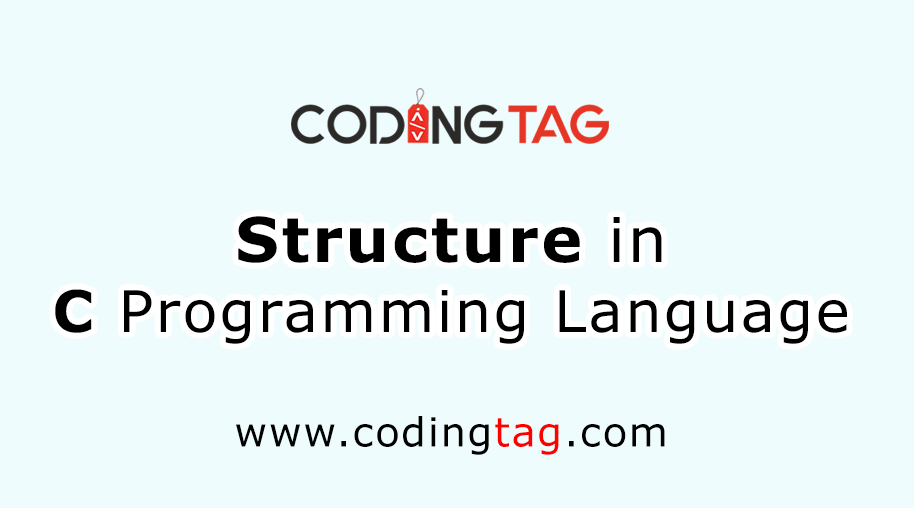Data Segments in C
0 774
In C programming, the memory layout of a program is divided into several segments, including BSS (Block Started by Symbol), Data, and Text segments.
These segments manage the storage of variables, constants, and code respectively.
Understanding these segments helps in optimizing memory usage and improving program performance.
Diagram:
Example:
// Program for Data Segments in C #include<stdio.h>// Data Segment - Initialized Data int global_var = 10; // BSS Segment - Uninitialized Data int uninitialized_var; int main() { // Text Segment - Code printf("Global variable value: %d\n", global_var); // Data Segment - Local Variable int local_var = 20; printf("Local variable value: %d\n", local_var); return 0; }
Output:
Global variable value: 10 Local variable value: 20
Uses of Data Segment in C
Data Segment:
Storing initialized global and static variables.
int global_var = 10; static int static_var = 20;
BSS Segment:
Storing uninitialized global and static variables.
int uninitialized_var; static int another_static_var;
Text Segment:
Storing the executable code of the program.
printf("Hello, World!\n");
Understanding the data segments in C helps in managing memory efficiently, identifying memory issues like uninitialized variables, and optimizing the program's performance by allocating the right types of variables in appropriate memory segments.

Share:







Comments
Waiting for your comments